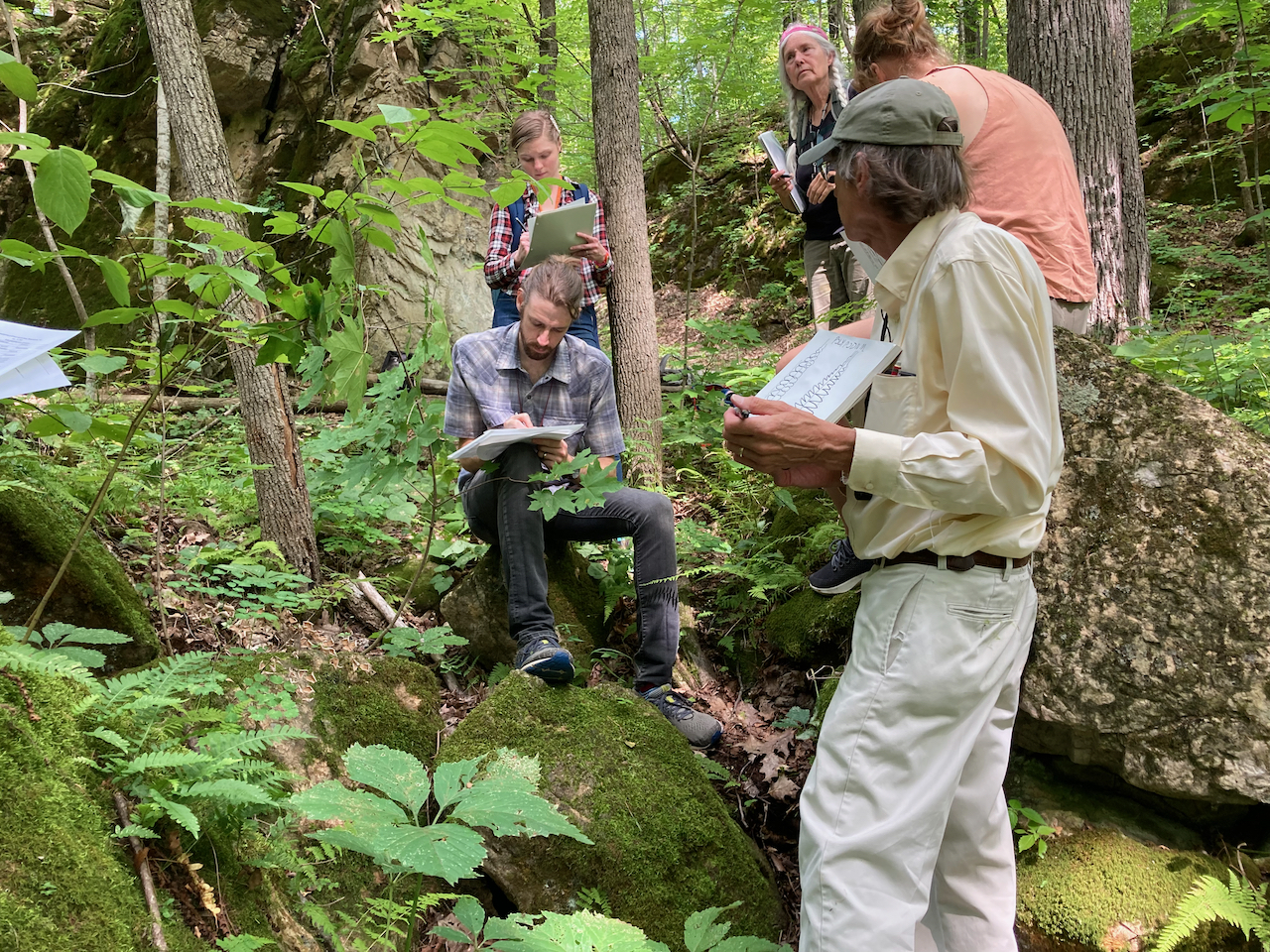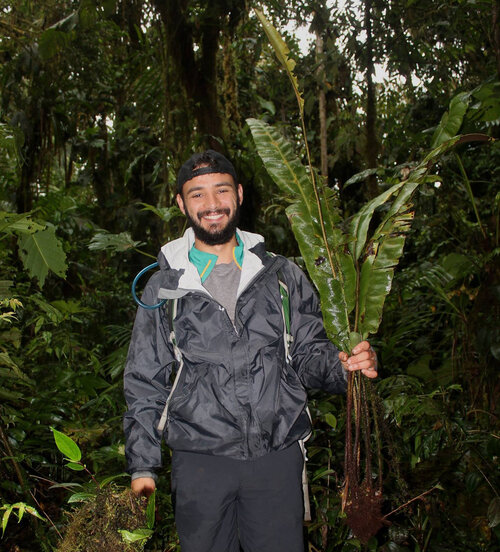When Dr. David Barrington joined the faculty of the University of Vermont in 1974, he was hired as the Director of the Pringle Herbarium and Assistant Professor in the Department of Botany. Dave would focus his research on the holly ferns (Polystichum), a genus with hundreds of species that, as Dave remarked in a 1985 paper, is “complex and poorly understood.” In the years to follow, hundreds of Polystichum from around the world fell to Dave’s pruners and plant press. He quickly became the world’s expert in this group, which to this day remains complex but not quite so poorly understood.
Dave and his students pursued a remarkably diverse set of research projects, both in Vermont and around the world. With so many engaging study ideas to take on and Dave’s support for student research, it is no surprise that his lab has long been a hub of plant diversity science. During his 49 years on the faculty, Dave directed 21 graduate theses and dissertations, advised dozens of under- graduates who conducted research in his lab, and worked closely with a long list of Field Naturalist and Ecological Planning students.
Countless other students and naturalists who have been fortunate enough to spend time in the forest with Dave certainly can relate to the tale of the first time that I met him. I was a second-year undergraduate when I attended a pre-conference field trip to see the local fern flora during the Botanical Society of America’s annual meeting. As we drove to the field site in the woods of Rhode Island, my then-advisor filled me in on the Who’s Who of fern researchers. I remember distinctly that he told me, “Dave Barrington is here somewhere.” Now that I look back on it, I suspect that Dave was taking a nap on one of the seats in the back of the bus.
When we arrived, I ambled through the forest with dozens of botanists. We stopped to look at virtually every plant, no matter how common. Interrupting this very slow walk was a puzzling sight: a tall, lanky man sprawled on a giant rock, encircled by a captive audience. From his seemingly uncomfortable position, the man plucked two leaves and waved them back and forth whilesaying something about them. My advisor ushered me forth. The leaves were from two different species of our familiar rockcap fern, Polypodium, and the man was Dave Barrington.

The effectiveness of any teacher is perhaps best measured by the impact that they have on their students. Dave's students have gone on to pursue successful careers in biology and beyond. I, for one, will never forget Dave lying on those rocks with his Chewonki hat askew and a smile on his face. Two years later, I started my Ph.D. studies with him. Many colleagues of mine can tell similar stories of how Dave has inspired them through his ceaseless enthusiasm.
The Botany department’s name has changed more than once since his start at UVM in the ’70s, but Dave has remained a constant. Thankfully, we will still see him around campus as he transitions to retirement. He plans to keep coming in to work at the Pringle Herbarium, contributing to our understanding of plant diversity and continuing his study of those pesky holly ferns.
Congratulations, Dave!



